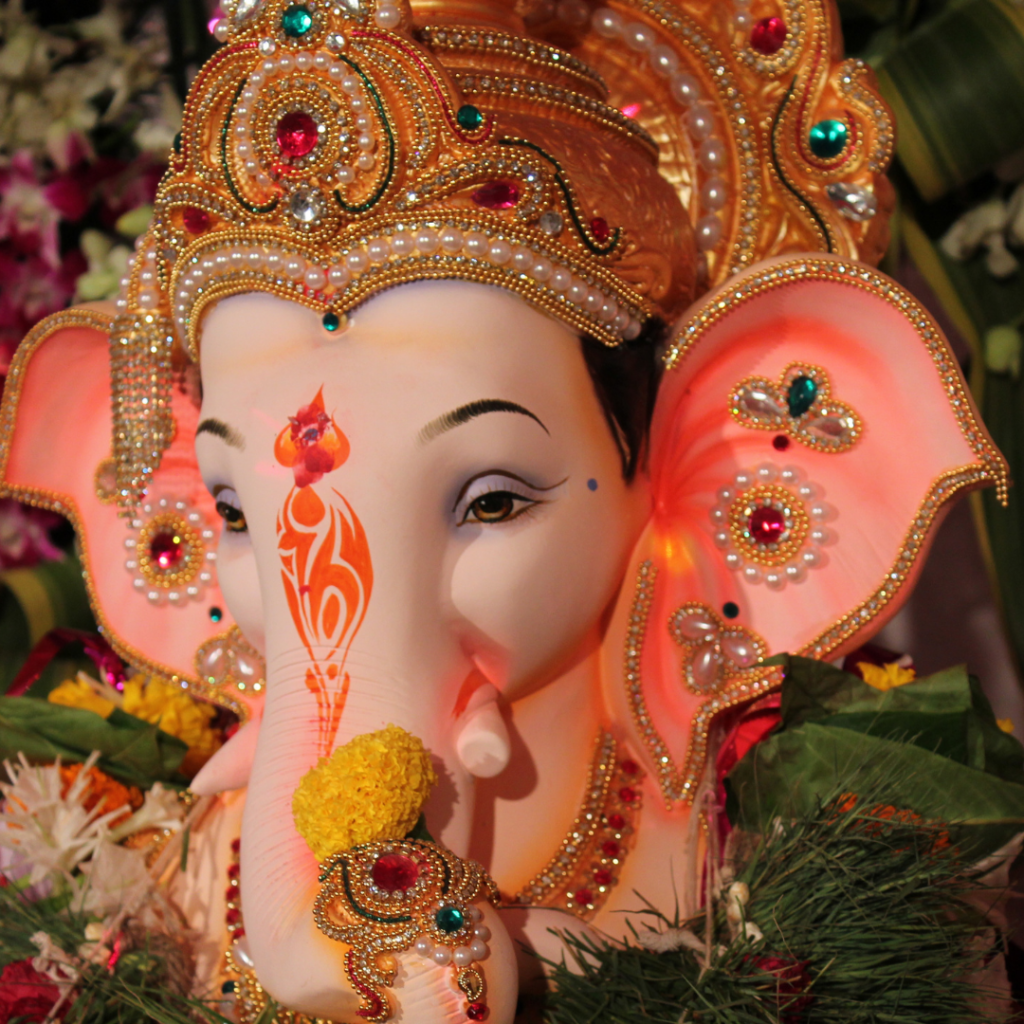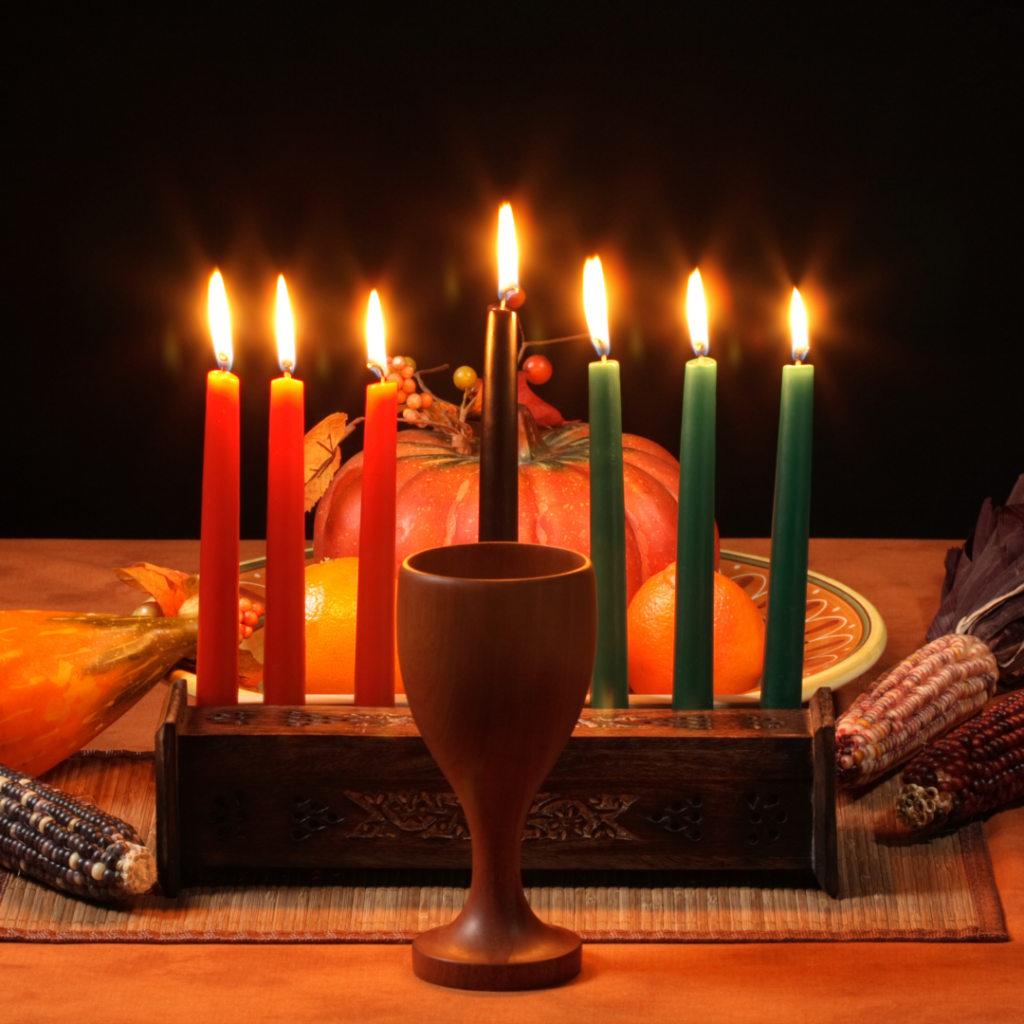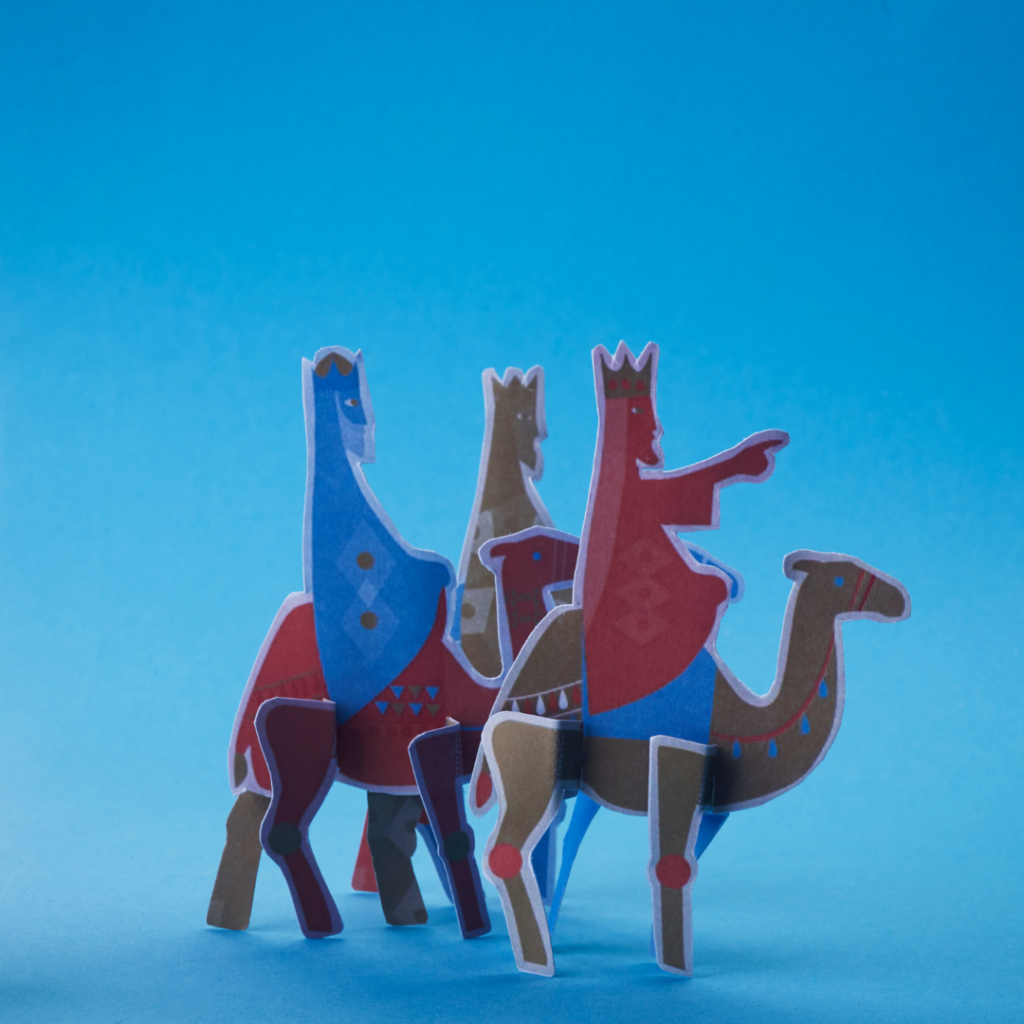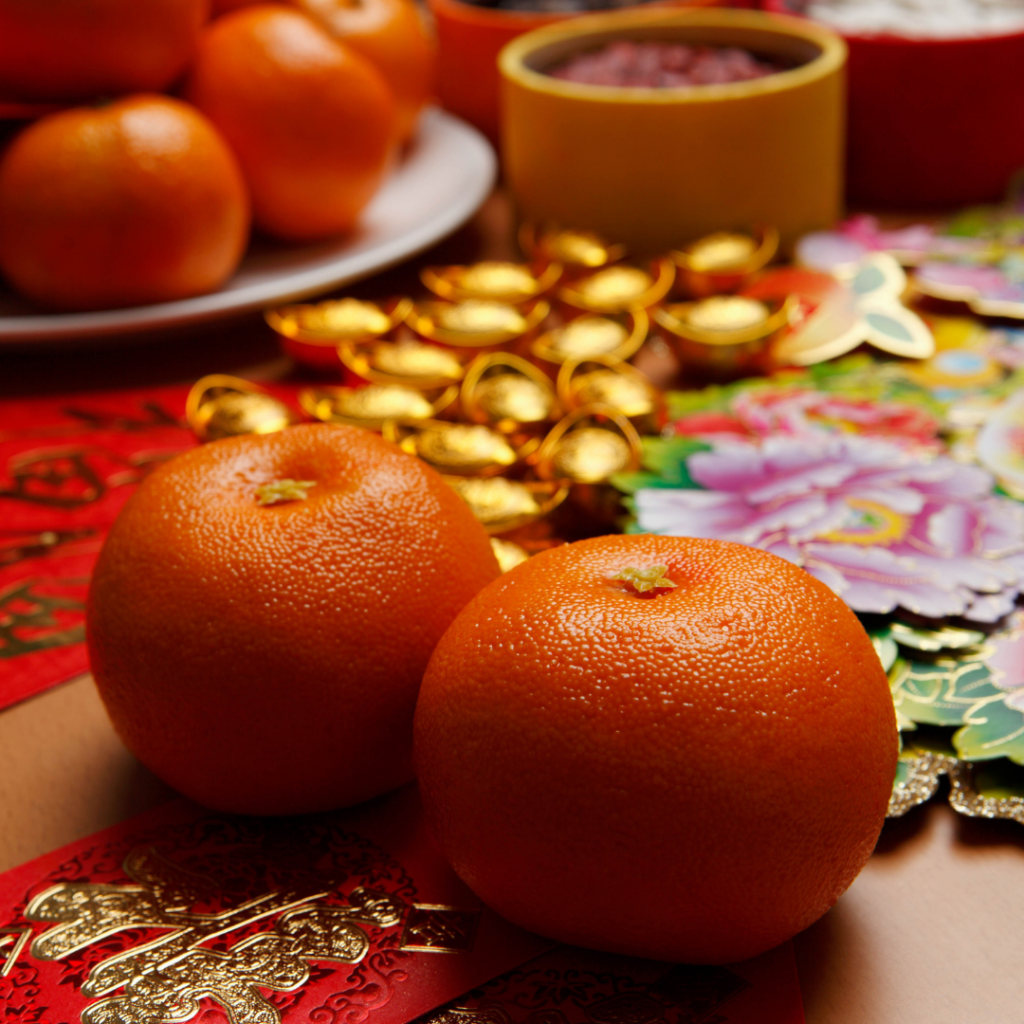This month we are learning about winter holidays and celebrations of other countries, religions, and cultures. We feel it’s important that kids know the history of these holidays and are respectful of other’s celebrations. Kids learn through doing, so consider celebrating some of these holidays this year or incorporating some of these traditions into your Christmas plans.
Saint Nicholas’ Day, December 6
A popular December holiday in many European countries, St. Nicholas Day, celebrates St. Nicholas of Myra, the man whose life inspired the tradition of Santa Claus and Father Christmas. He gave all of his money to the needy and was known for his compassion for children and all those in need. The holiday honors the man on the anniversary of his death, December 6, 343 A.D. Many celebrate with parades, feasts, gift giving, and festivals. In many countries this is the day that Santa Claus delivers his gifts as well.

Hanukkah, December 10 through December 18
Jewish people celebrate Hanukkah, a holiday honoring the Maccabee’s victory over King Antiochus, who forbade Jews to practice their religion. For eight nights, Hanukkah is celebrated with prayer, the lighting of the menorah, and food. A Hanukkah menorah has nine candles, a candle for every night, plus a helper candle. Children play games, sing songs, and exchange gifts. Potato pancakes, known as latkes in Yiddish, are traditionally associated with Hanukkah and are served with applesauce and sour cream. The dates of Hanukkah change because this holiday follows the lunar cycle.
Winter Solstice or Yule, December 21
The Winter Solstice or Yule, is one of the oldest winter celebrations in the world. Ancient people were hunters and spent most of their time outdoors. The seasons and weather played a very important part in their lives. Because of this many ancient people had a great reverence for, and even worshipped the sun. The Norsemen of Northern Europe saw the sun as a wheel that changed the seasons. It was from the word for this wheel, houl, that the word yule is thought to have come. At mid-winter the Norsemen lit bonfires, told stories and drank sweet ale.

The ancient Romans also held a festival to celebrate the rebirth of the year. Saturnalia ran for seven days from the 17th of December. It was a time when the ordinary rules were turned upside down. Men dressed as women and masters dressed as servants. The festival also involved decorating houses with greenery, lighting candles, holding processions and giving presents.
The Winter Solstice falls on the shortest day of the year and was celebrated in Britain long before the arrival of Christianity. The Druids (Celtic priests) would cut the mistletoe that grew on the oak tree and give it as a blessing. Oaks were seen as sacred and the winter fruit of the mistletoe was a symbol of life in the dark winter months. You’ll notice we already incorporate a lot of these traditions into our Christmas ones.

Dongzhi Festival, December 21
Another celebration of the winter solstice, the Dongzhi Festival is one of the most important festivals celebrated by the Chinese, Japanese, Koreans, and Vietnamese. Dongzhi means winter’s extreme in Chinese and the festival has existed for 2500 years. Different regions celebrate the holiday differently, but the majority of celebrations include a special meal (dumplings and rice balls being most popular), visiting ancestral tombs, and worshipping ancestors.
Pancha Ganapati. December 21through December 25
Pancha Ganapati is a festival created in 1985 by Satguru Sivaya Subramuniyaswami, as a celebration to offer Hindu families a way to participate in the holiday season without compromising their Hindu values. It runs from December 21st to 25th, honoring Lord Ganesh, patron of Arts and Guardian of Culture.


Kwanzaa, December 26 through January 1
Kwanzaa was created by Dr. Maulana Karenga in 1966 after the Watts riots in Los Angeles. He founded US, a cultural organization, and started to research African “first fruit” (harvest) celebrations. From there, he combined aspects of several different harvest celebrations to form the basis of Kwanzaa. The name Kwanzaa comes from the phrase “matunda ya kwanza” which means “first fruits” in Swahili. Each family celebrates Kwanzaa in its own way, but celebrations often include songs and dances, African drums, storytelling, poetry reading, and a large traditional meal. On each of the seven nights, families gather and a child lights one of the candles on the Kinara, then one of the seven principles, values of African culture, is discussed.
Saint Stephen’s Day, December 26
In some European countries, the day after Christmas is observed as the second day of Christmas to commemorate the first Christian martyr, Saint Stephen. In commonwealth countries, the day after Christmas day is a holiday but known as Boxing Day. In Eastern Christianity, the holiday is celebrated on December 27.

Boxing Day, December 26
Boxing Day is only celebrated in a few countries, but the holiday originated in the United Kingdom during the Middle Ages. It was the day when the alms box, collection boxes for the poor often kept in churches, were opened and their content distributed, a tradition that still happens in some areas. It was also the day servants were traditionally given the day off to celebrate Christmas with their families.
Three Kings Day, January 6
At the end of the Twelve Days of Christmas comes a day called the Epiphany, or Three Kings Day. This holiday is celebrated as the day the three wise men first saw baby Jesus and brought him gifts. On this day in Spain, many children get their Christmas presents. In Puerto Rico, before children go to sleep on January 5, they leave a box with hay under their beds so the kings will leave good presents. In France, a delicious “kings’ cake” known as la galette des rois is baked. Bakers hide a coin, jewel, or little toy inside it.

Bodhi Day, January 20
Bodhi Day is the Buddhist holiday that commemorates the day that the historical Buddha, Siddhartha Gautama (Shakyamuni), experienced enlightenment,[1] also known as bodhi in Sanskrit and Pali. According to tradition, Siddhartha had recently forsaken years of extreme ascetic practices and resolved to sit under a peepal tree, also known as a Bodhi tree (Ficus Religiosa), and simply meditate until he found the root of suffering, and how to liberate oneself from it.

Chinese New Year, January 25
The Chinese New Year is the most important of the traditional Chinese holidays. It falls on different dates each year, between January 21 and February 20. This year it falls on January 25. Visits to friends and family take place during this celebration. According to the Chinese calendar, the year you were born may determine your personality. Every year is represented by an animal, and legend has it that people born under that animal have certain personality traits. 2020 was the year of the rat and 2021 will be the year of the ox. Find out your birth year’s animal here.
